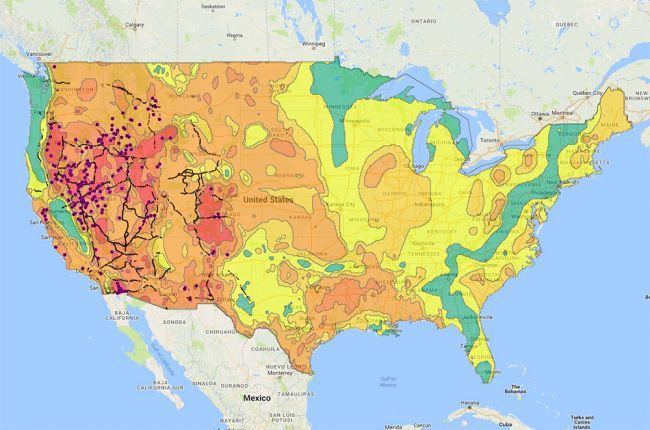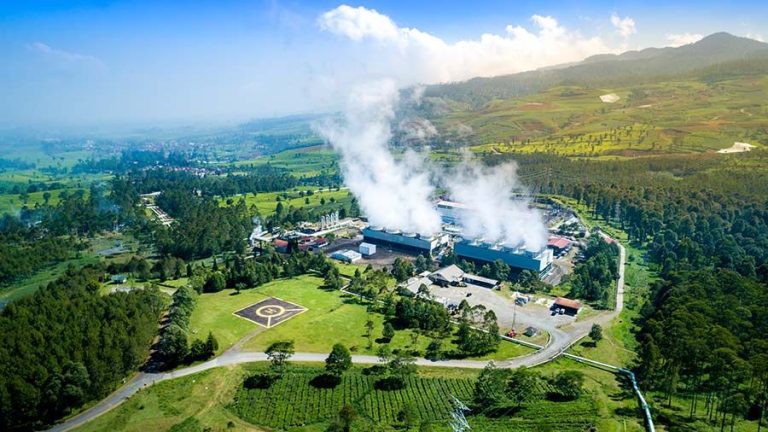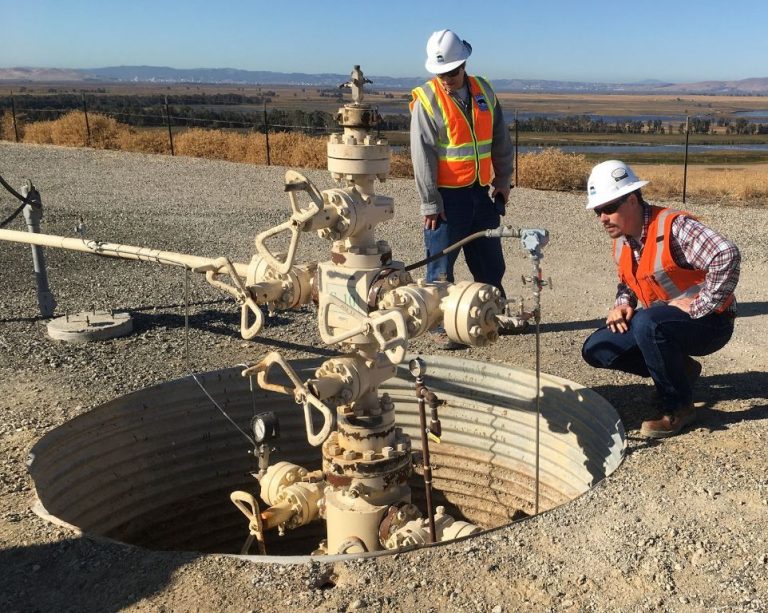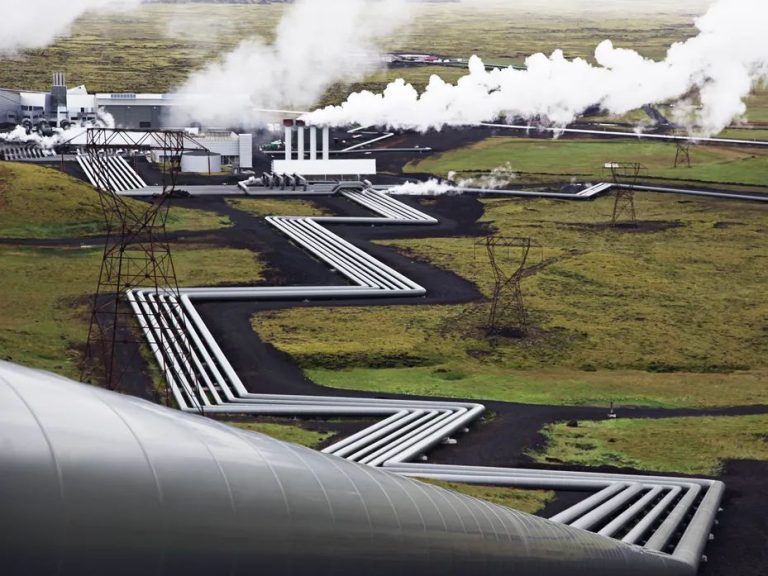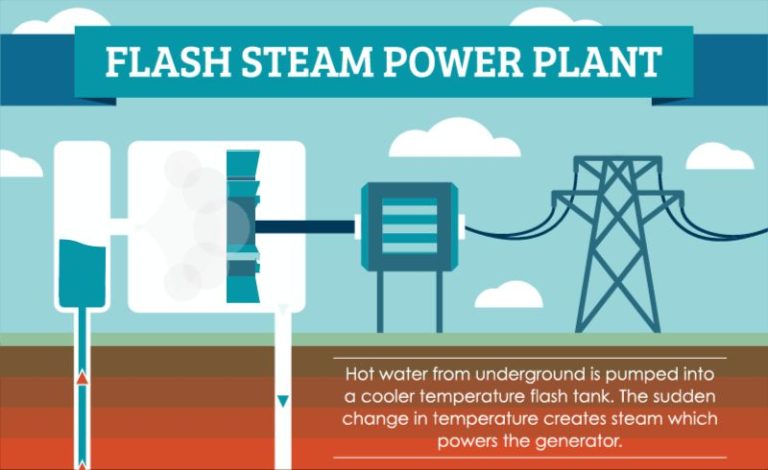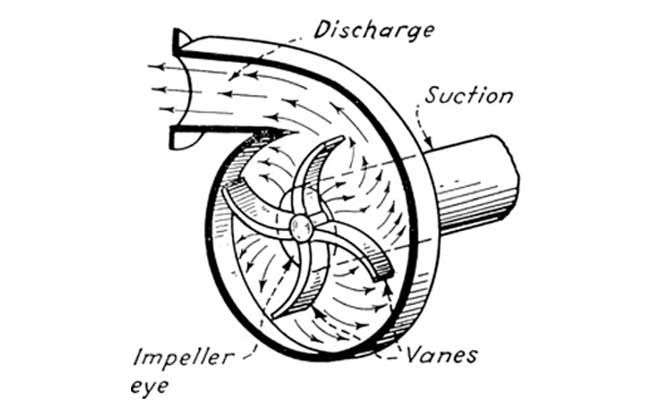Where Are The Geothermal Energy Sources And Locations?
Introduction to Geothermal Energy
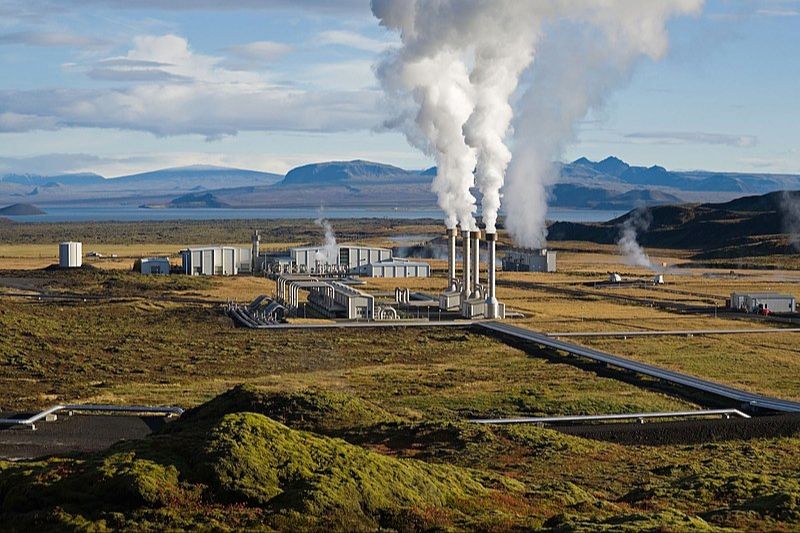
Geothermal energy is a renewable energy source that utilizes the natural heat of the earth to generate clean electricity and provide direct heating and cooling. The word “geo” means earth, and “thermal” means heat, so geothermal energy is literally the heat energy generated and stored in the Earth (Energy.gov, 2022).
Geothermal energy production takes advantage of the constant temperatures just below the Earth’s crust. The high temperatures are brought to the surface in the form of heated liquids or steam which can be used to heat buildings, generate electricity, and more. This heat energy comes from the original formation of the planet, from radioactive decay of minerals, and from volcanic activity.
Some key benefits of geothermal energy:
– Sustainable and renewable
– Reduces reliance on fossil fuels
– Provides constant production of energy
– Low maintenance costs
– Emissions-free and environmentally friendly (Enel Green Power, 2022)
Types of Geothermal Energy Sources
There are four main types of geothermal energy sources:
- Hydrothermal – Hot water and steam reservoirs found below the Earth’s surface. The heated water can reach temperatures over 700°F. Wells are drilled into the reservoirs to tap the hydrothermal fluids. Hydrothermal resources provide the most economical geothermal power today.[1]
- Geopressured – Geopressured reservoirs contain hot water and natural gas under high pressure. The fluids cannot reach the surface naturally due to the weight of overlying rocks. Wells must be drilled down to reach these pressurized waters. The hot water can be used for geothermal applications while the natural gas provides an additional energy source.[2]
- Magma – Extremely high temperature molten rock (magma) carries an enormous amount of energy. However, magma is located very deep below the surface which makes it the most difficult to access and utilize.[3]
- Enhanced Geothermal Systems (EGS) – This involves injecting cold water into hot dry rocks and circulating fluid through fractures to create a geothermal resource. The heat from the rocks transfers to the water which returns to the surface as hot water to produce electricity. EGS has the potential to dramatically expand geothermal energy use.[1]
Of these sources, hydrothermal resources have been the most widely exploited for geothermal power generation due to higher near-term economic viability. However, EGS holds great promise for significantly expanding geothermal capacity in the future by accessing the earth’s vast resources of heat located in dry rock through advanced drilling technologies.[3]
[1] https://www.energy.gov/eere/geothermal/electricity-generation
[2] https://www.nrel.gov/research/re-geo-elec-production.html
[3] https://www.energy.ca.gov/data-reports/energy-almanac/data-renewable-energy-markets-and-resources/types-geothermal-power
Locations of Hydrothermal Sources
Hydrothermal sources are found in areas where there is heated groundwater located near the earth’s surface, typically along tectonic plate boundaries and volcanic belts. The most significant concentrations of hydrothermal sources are found in geothermal belts such as the “Ring of Fire” around the Pacific Ocean.
The countries with the most identified hydrothermal sources are Iceland, the United States, Indonesia, Japan and New Zealand. Iceland, located on the Mid-Atlantic Ridge, has high temperature hydrothermal systems ideal for geothermal energy production. The western United States has hydrothermal resources located in the Cascade Mountain Range, Basin and Range, and the Rocky Mountains. Indonesia has 40% of the world’s identified hydrothermal resources due to its location on the Pacific “Ring of Fire.” Other countries with substantial hydrothermal resources include Mexico, the Philippines, Italy, and countries in Central America.
Locations of Geopressured Sources
Geopressured sources are found in highly pressurized shale and sandstone formations that contain high-temperature brine, typically along the northern Gulf of Mexico basin in the United States. These geopressured reservoirs occur prominently in Texas and Louisiana along the Gulf Coast region.
According to the U.S. Department of Energy, the most promising geopressured reservoirs are located in the Frio Formation along the Texas Gulf Coast. Significant deposits can be found in reservoir rocks beneath 10,000 to 30,000 feet of overburden, with temperatures ranging from 300-400°F. These geopressured zones contain methane, thermal energy, and pressure energy that can be captured for power generation.[1]
The U.S. Gulf Coast has over 80 trillion cubic feet of methane gas contained in geopressured zones. Though not economical currently, these vast amounts of methane could become an important energy resource in the future if extraction technologies improve. The Department of Energy funded research in the 1970s-1990s to study capturing both methane and thermal energy from the geopressured brines along the northern Gulf Coast.[2]
Locations of Magma Sources
Magma sources for geothermal energy are found in areas with volcanic activity, where molten rock from deep within the Earth rises up due to convection currents in the mantle. The heat from the magma can be harnessed to generate electricity. Some key locations of magma sources for geothermal energy include:
Hawaii – The Hawaiian Islands are located over a hotspot in the Pacific Ocean where magma from the mantle erupts through the crust. The magma chambers underlying the active volcanoes on Hawaii provide high temperatures for geothermal power generation. Hawaii has one geothermal power plant called Puna Geothermal Venture on the Big Island.1
Iceland – Iceland is located over the Mid-Atlantic Ridge, where magma wells up from the mantle below. There are high temperature hydrothermal systems across Iceland associated with volcanic activity that are used for geothermal power production and heating. Iceland generates over 25% of its electricity from geothermal sources.2
The Philippines – The Philippines sits on the Pacific Ring of Fire and has over 20 active volcanoes. Magma chambers below the volcanoes provide high temperature resources for geothermal energy generation. The Philippines is the second largest producer of geothermal energy in the world after the United States.3
Locations of EGS Potential
Enhanced geothermal systems (EGS) have potential in areas with hot dry rocks near the surface. While conventional geothermal energy is limited to areas with natural reservoirs, EGS can be implemented in more locations by fracturing rock and engineering an underground reservoir to circulate fluid. Some parts of the world with EGS potential include:
In Europe, EGS resources are being explored in countries like France, Germany, and Switzerland. The European continent has abundant areas with hot granite and sedimentary rocks less than 4 kilometers deep, making it suitable for EGS. Projects are underway, including one in Cornwall, UK and another in Soultz-sous-Forêts, France [1].
Australia has some of the world’s hottest granites, located in areas like Cooper Basin and Perth. Studies estimate over 5,000 exajoules of unused EGS resources exist across Australia, with potential projects underway in multiple states [2].
In North America, parts of the western United States and western Canada have suitable EGS conditions in the upper crust. Areas in Nevada, Oregon, Idaho, New Mexico, and Alberta are being explored for EGS development [3].
Japan and Taiwan have conducted EGS research and projects. Japan is actively developing EGS technology, with two sites currently generating power from engineered geothermal reservoirs. South Korea, China, and Indonesia also have potential EGS locations.
Countries Utilizing Geothermal
Some of the top countries utilizing geothermal energy for power generation include:
The United States is currently the largest producer of geothermal energy in the world with over 3,900 megawatts (MW) of installed capacity, mostly located in the western states of California, Nevada, Utah and Oregon where there are abundant geothermal resources.
Indonesia comes in second for geothermal production with over 2,400 MW of installed capacity. Indonesia has enormous potential for geothermal with estimated reserves of over 28 GWe.
The Philippines ranks third globally with close to 2,000 MW of geothermal capacity online. The country has set ambitious goals to ramp up geothermal development further.
Other major geothermal countries include New Zealand, Mexico, Iceland, Kenya, and Turkey which all utilize geothermal for 10% or more of their electricity generation.
Geothermal Power Plants
Some of the largest geothermal power plants in the world include:
The Geysers in California in the United States is the world’s largest geothermal power complex with a capacity of 1517 MW generated by 14 geothermal power plants. The Geysers is located in the Mayacamas Mountains north of San Francisco. It is owned and operated by Calpine Corporation with an annual generation of 5 billion kilowatt hours (Source).
The Larderello geothermal complex in Tuscany, Italy was the very first geothermal power plant starting operation in 1904. It currently has an installed capacity of 894 MW spread over 34 power stations. The power stations are operated by Enel Green Power. Larderello supplies over 10% of Italy’s annual electricity demand (Source).
The Cerro Prieto geothermal complex in Mexico is the third largest in the world with a capacity of 720 MW. The field is located in Mexicali, Baja California and is operated by the Comisión Federal de Electricidad. Cerro Prieto supplies electricity to about 3 million households. (Source).
Direct Uses of Geothermal
Geothermal energy has many direct use applications for heating and cooling. Some of the most common direct uses are:
Heating
Geothermal resources can be used to provide heat for buildings, greenhouses, aquaculture and district heating systems. Hot water near the earth’s surface can be piped directly into facilities for heating. According to the National Renewable Energy Laboratory (NREL), space heating is the most common direct use of geothermal energy in the world [1].
Greenhouses
Geothermal heating allows greenhouses to maintain optimal growing conditions year-round. The hot water can warm greenhouses during colder weather. Many countries around the world use geothermal heating in greenhouse operations, including Iceland, New Zealand, and the United States [2].
Aquaculture
Geothermal fluids provide a stable warm environment for raising fish and alligators. Commercial aquaculture enterprises use geothermal heating for fish farming and alligator breeding in the United States.
Agricultural Drying
Low-temperature geothermal fluids provide a cheap and healthy way to dry fruits, vegetables, and herbs. Onions, garlic, saffron, and chili peppers are some of the agricultural products dried with geothermal heating.
Future of Geothermal Energy
The future looks bright for geothermal energy. Experts at MIT predict that geothermal power in the United States could increase 26-fold by 2050, reaching over 100 GW of capacity (MIT, 2023). This growth would require further advancements in enhanced geothermal systems (EGS) technology to tap into geothermal resources that lack natural permeability and fluid saturation.
One major area of development is improving subsurface imaging to better locate and characterize deep geothermal reservoirs. New techniques like induced seismicity monitoring and magnetotelluric surveying can help pinpoint optimal sites for geothermal wells (Yale 360, 2020). Advanced drilling methods using thermally durable cements and high-temperature electronics are also extending the depths reachable by geothermal wells.
Looking ahead, hybrid geothermal systems that combine geothermal with solar, bioenergy, or natural gas power generation show great potential. These hybrid setups allow geothermal baseload power to balance intermittent renewables on the grid. With continued technology improvements, geothermal is poised to be a major clean energy source worldwide.

